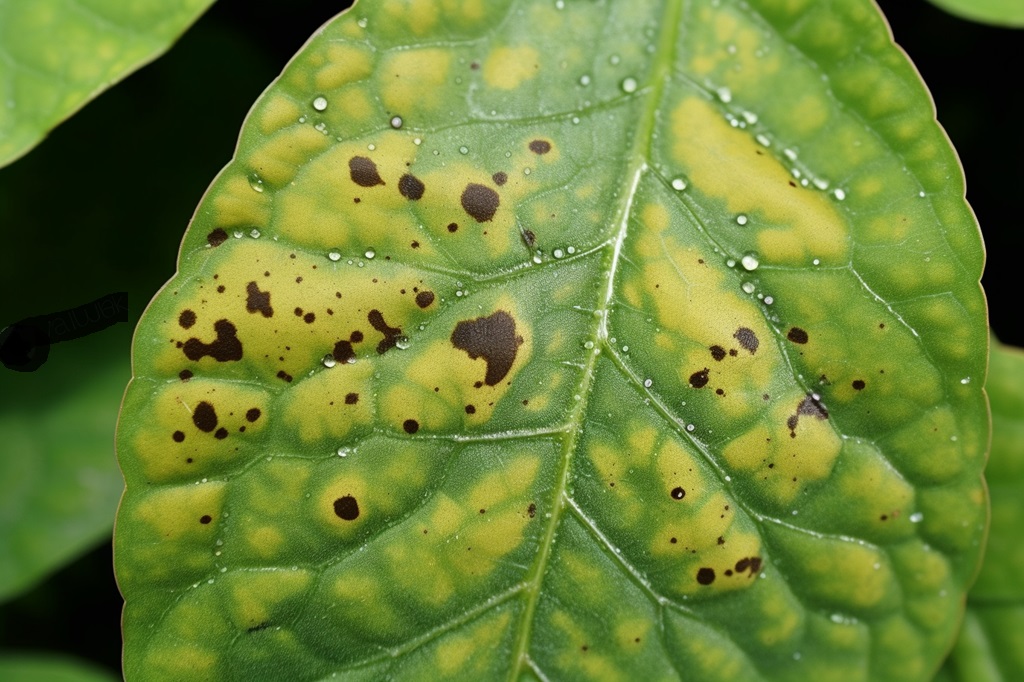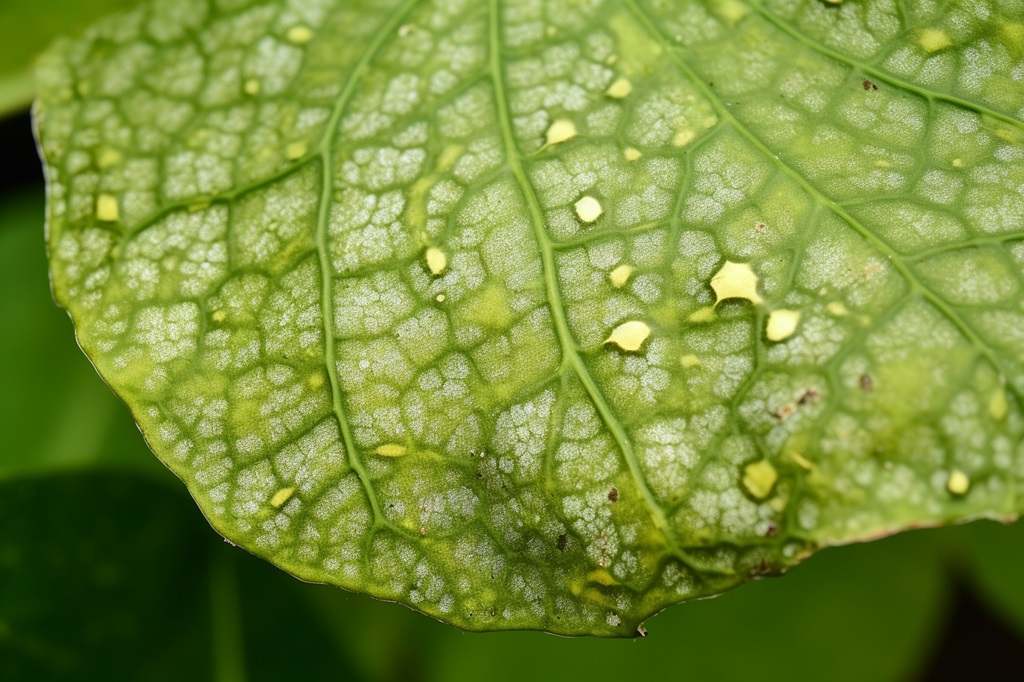Have you noticed unsightly brown or black spots marring the leaves of your prized plants? This could be a bacterial leaf spot, a common garden nemesis that can wreak havoc on your beloved greenery. But fear not, fellow plant parents! This article equips you with the knowledge and effective strategies to combat this pesky disease.
Understanding the Enemy: What is Bacterial Leaf Spot?
Unlike fungal diseases, bacterial leaf spot is caused by, well, bacteria! These microscopic invaders thrive in warm, humid environments and spread through water droplets. When splashed onto leaves, they enter tiny openings and establish themselves within plant tissues. As the bacteria multiply, they damage the plant, causing the characteristic spots and hindering its ability to photosynthesize.
Beyond the Spots: The Impact of Bacterial Leaf Spot
While some may dismiss a few spots as a cosmetic issue, bacterial leaf spots can be quite serious. Severely infected plants can experience stunted growth, wilting, defoliation (leaf drop), and even death in extreme cases. A 2020 study published in the journal “Plant Disease” found that bacterial leaf spots on tomato crops can lead to yield losses of up to 50% – a significant blow for both home gardeners and large-scale producers.
Prevention is Key: Building a Fortress Against Bacterial Leaf Spot
The good news is that prevention is often the best medicine when it comes to bacterial leaf spot. Here are some proactive steps you can take to safeguard your garden:
- Start Strong: Always use disease-resistant plant varieties whenever possible. Look for designations like “bacterial spot resistant” on seed packets or plant labels.
- Water Wisely: Avoid overhead watering, which creates a haven for bacteria. Instead, water directly at the base of the plant to keep leaves dry.
- Space it Out: Provide adequate spacing between plants to ensure good air circulation. This helps leaves dry quickly and discourages the growth of moisture-loving bacteria.
- Cleanliness is Key: Sanitize your pruning tools between cuts with a solution of one part bleach to ten parts water. This prevents the spread of bacteria from infected plants to healthy ones.
- Mulch it Up: Apply a layer of organic mulch around your plants. Mulch helps retain moisture in the soil (beneficial for the plants, not the bacteria!), suppresses weeds that can harbor bacteria, and prevents water from splashing up onto leaves.
Battling Back: Eradicating Existing Bacterial Leaf Spot
If you discover bacterial leaf spots on your plants, don’t despair! Here’s how to fight back:
- Scout and Snip: Regularly inspect your plants and promptly remove and destroy any leaves showing signs of infection. This helps prevent the bacteria from spreading to other parts of the plant or neighboring plants.
- The Power of Copper: For some bacterial leaf spot strains, copper-based fungicides can be effective. However, it’s crucial to follow application instructions carefully and be aware that overuse of copper can harm beneficial soil microbes.
- Organic Options: For those seeking an organic approach, a baking soda solution (1 tablespoon baking soda, 2 ½ tablespoons vegetable oil, 1 teaspoon liquid soap per gallon of water) or neem oil spray can be helpful. Important note: Always test a small area of the plant first to check for sensitivity before full application.
Related: How to Plant Sunflower Seeds Indoors: A Step-by-Step Guide
Remember: Early detection and intervention are critical for successful bacterial leaf spot control. By incorporating these preventive measures and treatment options into your gardening routine, you can keep your plants healthy and ensure a thriving, spot-free garden.




